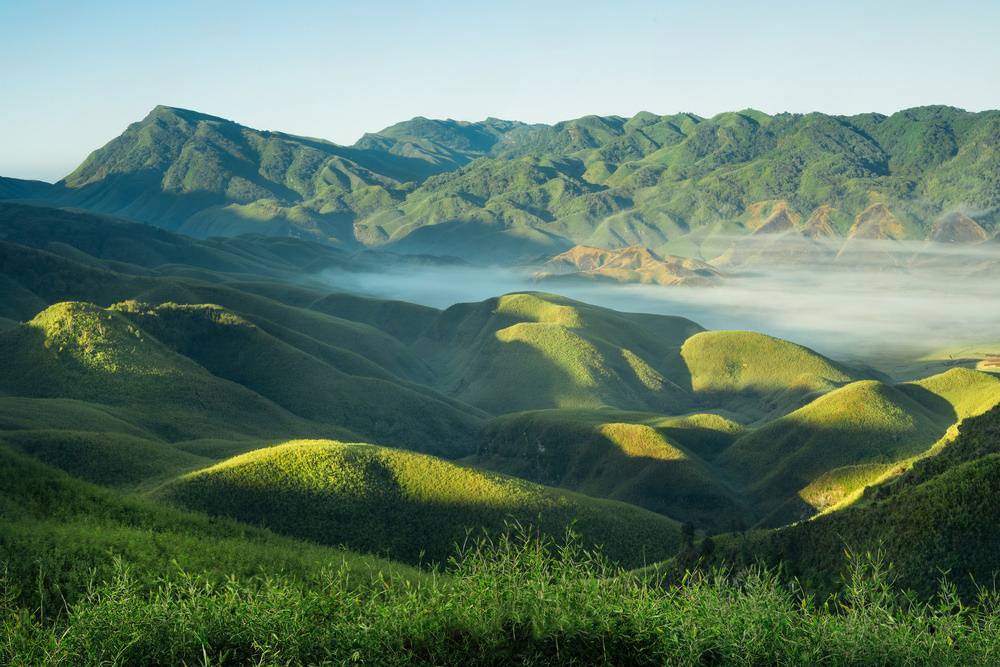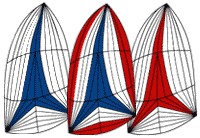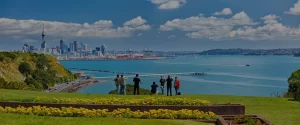My Trek to Dzukou Valley: A Slice of Heaven in Northeast India
Tucked away in the northeastern corner of India lies a hidden gem—Dzukou Valley. Located on the border of Nagaland and Manipur, this breathtaking valley is a place that looks like it’s straight out of a dream. With rolling green hills, blooming wildflowers, and peaceful silence all around, Dzukou Valley is often called the “Valley of Flowers of the East.” I had the chance to trek there recently, and the experience left me speechless.
The Journey Begins
My journey started from Kohima, the capital of Nagaland. From Kohima, it’s about a one-hour drive to Viswema village, which is one of the starting points of the Dzukou Valley trek. Another route begins at Zakhama, but I was told the Viswema trail is slightly easier and more scenic. I chose that.
As we drove through the hilly roads, the cool breeze and fresh mountain air gave me a sense of excitement. The view of distant mountains, terraced fields, and scattered houses made the ride itself enjoyable.
The Trek: Step by Step
The trek from Viswema starts with a motorable road, which continues for about 8 kilometers. Some people choose to hire a local vehicle to cover this part, but I decided to walk to soak in the scenery. The road passes through dense forests, bamboo groves, and small clearings. Birds chirped along the way, and occasionally, I spotted butterflies dancing over wildflowers.
After the motorable road ends, the real climb begins. A steep uphill trail of stone steps snakes its way up through the forest. This part was the toughest. My legs ached, my back hurt, and I was sweating buckets. But each time I paused to catch my breath, I looked around and realized how beautiful the forest was—so peaceful, so green, so alive.
Finally, after about an hour and a half of climbing, I reached a flat ridge. From there, it was another two hours of walking on a gentler path until I arrived at the valley’s guesthouse, a small shelter for trekkers. Just behind the guesthouse, the full glory of Dzukou Valley opened up.
First Glimpse of Paradise
The moment I saw the valley, I forgot all the pain from the trek. The view was magical. The valley stretched endlessly, covered in a carpet of green. The hills looked like soft waves, and the blue Dzukou River flowed quietly in the distance. The wind was cool, and the sky was painted with warm colors of the setting sun.
In July and August, the valley is full of flowers, especially the rare Dzukou Lily, which is found only here. I went in early August, and the valley was in full bloom—pink, white, yellow, and purple flowers danced in the breeze. It was like walking inside a painting.
Camping Under the Stars
The guesthouse in the valley is basic. There are no fancy beds or hot showers. But there’s something special about simplicity. I laid down my sleeping bag, had some instant noodles, and sat by the fire with other trekkers. We shared stories, laughed at our struggles on the trail, and stared at the night sky, which was full of stars. With no city lights around, the Milky Way was clearly visible—a glittering river of light above us.
That night, I slept better than I had in months.
Exploring the Valley
The next morning, I woke up early and decided to explore more. There are small trails inside the valley that lead to the river and other viewpoints. The whole valley was covered in morning mist, making it look like a fantasy world. I walked down to the Dzukou River, dipped my feet in the cold water, and just sat there in silence. No noise, no phone signal, no rush—just nature and me.
Later, I climbed a small hill to get a panoramic view of the valley. The sight from there was unforgettable. The gentle curves of the hills, the colorful flowers, and the calm river all came together in perfect harmony.
Lessons from the Valley
Trekking to Dzukou Valley was not just a travel experience—it was a journey of self-discovery. The path was hard, but it taught me patience. The silence was deep, but it taught me to listen. The beauty was vast, and it taught me how small yet connected we are to nature.
I also learned how important it is to travel responsibly. Many local volunteers work hard to keep the valley clean. There are signs everywhere asking trekkers not to litter. I made sure to carry all my trash back and follow the “leave no trace” rule.
A Few Tips for Future Trekkers
If you’re planning a trek to Dzukou Valley, here are some tips:
-
Best Time to Visit: June to September for flowers, October to April for clear skies and cool weather.
-
Fitness: Basic fitness is enough, but be ready for steep climbs.
-
Clothing: Carry warm clothes, even in summer. Nights get cold.
-
Essentials: Bring water, snacks, flashlight, raincoat, and a power bank.
-
Respect Nature: Don’t litter, don’t pluck flowers, and follow local rules.
Final Thoughts
Dzukou Valley is not just a destination—it’s an emotion. It is a reminder that some of the most beautiful places are still untouched, still wild, still peaceful. If you’re someone who loves nature, silence, and simple joys, then this valley will steal your heart just like it stole mine.
I left Dzukou Valley with tired legs but a happy soul. And even now, as I sit in the middle of city traffic and noise, I close my eyes and picture the green hills, the wildflowers, and the quiet river of that magical valley. It truly was a slice of heaven.
Ready to Explore Dzukou Valley?
So why are you still here?
Bookmark this guide
Pack your bags. 🎒
Go Run Them Hills
📩 Can answer any questions about the trek? Comment below or visit HeavenLeads.






